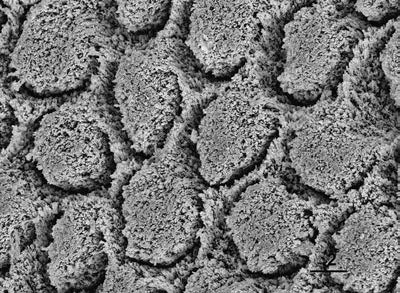2017
1. Describe briefly the kinetics and life span of leucocytes. Compare and contrast the functions of neutrophils and eosinophils. 2+3=5
2. Describe the sequence of reactions to mismatched blood transfusion. 5
3. Explain the genesis of granulocytes and their regulation using flow chart. 5
4. Explain the anticoagulant mechanisms of endothelium of blood vessel. 5
5. Describe the role of platelets in hemostasis. 5
2016
1. Enlist the functions of plasma proteins. Explain any one of them. 2.5+2.5=5
2. What is cross matching in blood transfusion? Explain its significance. 3+2=5
3. Define hemostasis and describe about any 3 anti-clotting mechanisms in the body 2+3=5
4. Explain the different stages of erythropoiesis with a diagram. 5
5. Differentiate between intrinsic and extrinsic pathways of blood coagulation. 5
2015
1. What is Rh factor? Explain the consequence of Rh incompatibility in blood transfusion and pregnancy. 1+5=6
2. Describe the role of endothelium blood vessels in anticlotting mechanism. 4
3. Describe the cytoskeletal proteins of RBC. List 4 advantages of biconcavity of RBC. 3+2=5
4. Draw a flow-chart showing stages of erythropoiesis. State the role of erythropoietin on it. 3+2=5
5. Enlist five functions of plasma proteins. Explain any one of them. 3+2=5
2014
1. State any four factors regulating erythropoiesis. Explain the most important factor among them. 2+3=5
2. Enlist any five functions of plasma proteins. Describe any one of them. 2.5+2.5=5
3. What is cross matching in blood transfusion? Explain its significance. 3+2=5
4. Explain the intrinsic pathway of blood coagulation with the help of a flow diagram. 5
5. Explain the role of thrombomodulin and plasminogen in anti-clotting mechanism 2.5+2.5=5
2013
1. Explain the mechanism of clot dissolution. 5
2. Mention any four mechanisms that normally prevent coagulation of blood inside the blood vessels. Describe any one them. 2+3=5
3. Describe the regulatory role of erythropoietin in red blood cells production. 4
4. State Landsteiner’s law of blood grouping with examples. 3+2=5
5. Mention any four functions of plasma proteins. Describe
any two of them. 2+2+2=6
2012
1. Describe various stages of erythropoiesis with changes that occur during each successive stage. 4+2=6
2. Briefly describe the fate of hemoglobin breakdown. 5
3. Describe briefly the mechanism of platelet plug formation. 4
4. Explain in brief the anti-fibrinolytic mechanisms. 5
5. Briefly describe Rh incompatibility. 5
2011
1. Define cytokines. Explain their role in hemopoiesis with flowchart. 1+4=5
2. Explain the role of endothelium of blood vessels inn anti- clotting mechanism. 5
3. How circulatory neutrophils invade the offending agents in an area of tissue damage & perform the bactericidal effect? 3+2=5
4. Describe the consequences of mismatched blood transfusion. 5
5. Explain the role of erythropoietin in the erythropoiesis. 5
2010
1. List the major contents of platelets and briefly function. 5
2. Describe the regulation of erythropoiesis. 5
3. Describe the erythroblastosis fetalis. 5
4. Describe the anti-clotting mechanisms. 5
5. Describe the leucopoiesis. 5



